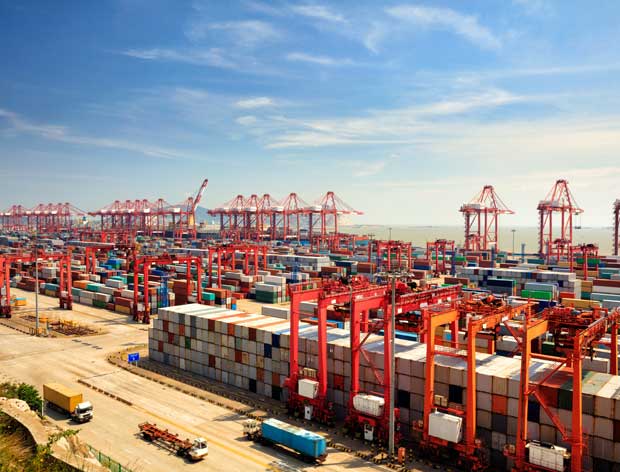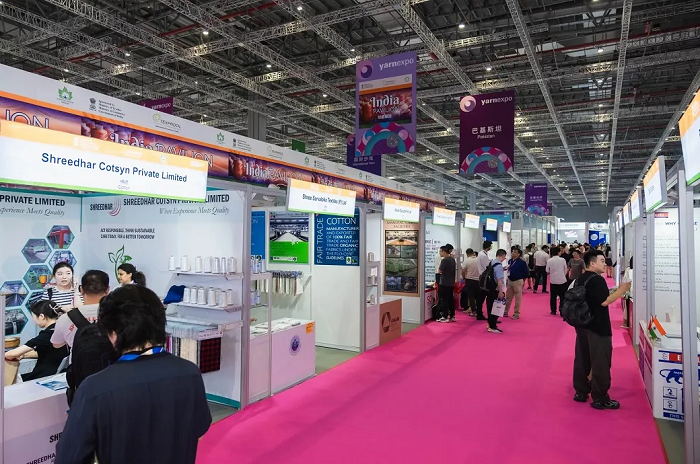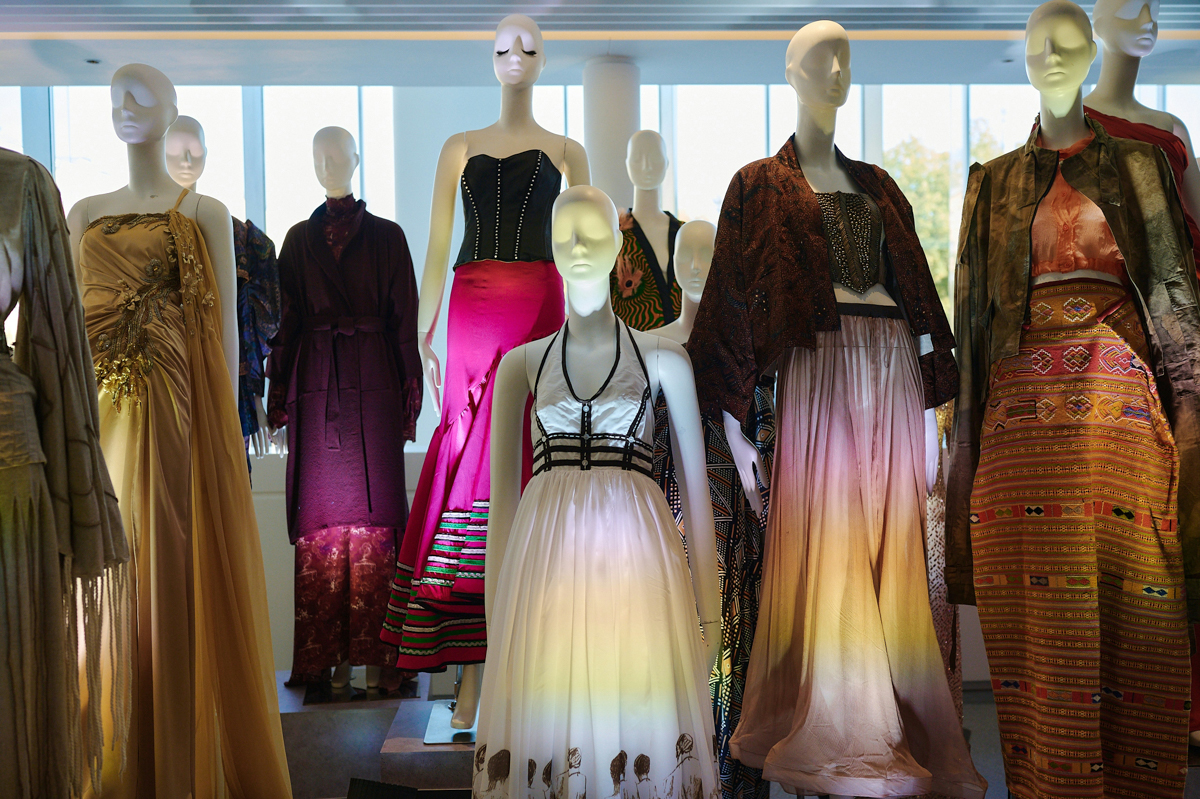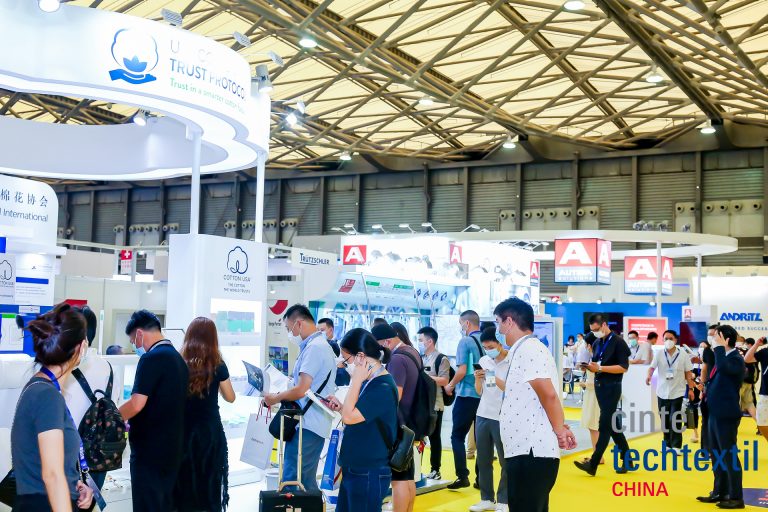"While the entire industry awaits the final Brexit agenda to decide their future course of action, recent developments show the UK government is pushing for a two-year transitional deal to help a smooth change. Prime minister Theresa May outlined plans to strike a deal that would effectively delay implementation of any new trade agreement between the UK and the EU until 2021. At the end of October, Brexit secretary David Davis told a committee of MPs that he expected the outline of this transitional period to be agreed within the first three months of 2018."

While the entire industry awaits the final Brexit agenda to decide their future course of action, recent developments show the UK government is pushing for a two-year transitional deal to help a smooth change. Prime minister Theresa May outlined plans to strike a deal that would effectively delay implementation of any new trade agreement between the UK and the EU until 2021. At the end of October, Brexit secretary David Davis told a committee of MPs that he expected the outline of this transitional period to be agreed within the first three months of 2018. This move welcome across fashion and retail fraternity as everyone in unison feels an early agreement on transitional arrangements would be essential to allow companies time to prepare. Helen Dickinson, Chief Executive, British Retail Consortium (BRC), points out he would allow time to adapt new customs controls to avoid disruption and to agree a final deal that avoids new tariffs. According to her, a period of implementation is vital to offer certainty for businesses and allow them to prepare.
Brexit’s impact

Nigel Lugg, Chairman, UK Fashion and Textile Association (UKFT), during a recent Association of Suppliers to the British Clothing Industry’s autumn conference in Peterborough, said the government negotiation is key to the future of the industry. There are huge benefits the industry could reap post-Brexit but the complexities of the divorce settlement run deeper than anyone can even imagine. Julia Redman, Head of buying for kidswear, menswear and home at value fashion retailer M&Co, feels no one knows the exact outcome of the treaty. It’s like stepping into the unknown. The only thing that can be achieved is to plan well for the future.
The BRC is calling for a system that ensures goods can continue to be imported without delays, disruption or additional costs. This would require significant investment in capacity, staff and IT systems – all of which would take time to sort out.
Mike Flanagan, CEO, Clothesource, explains 92 per cent of clothing exports and 31 per cent of imports have to travel through European customs posts. At borders outside the EU, lorries turn up and wait for a couple of days. Lugg said one of their key demands is to remain in the European Customs Union. The speed and simplicity of sending goods to Europe has been a huge benefit. On the French side of the Channel Tunnel, there is space for just six (articulated) lorries at the border. The industry can’t afford to let customs delays happen.
Draft FTA before end of time
In early October, trade secretary Liam Fox said the government expected to have draft FTAs on the table long before it reached the end of Brexit transitional period. This is good news for the fashion and textiles industry. There is a need to conclude meaningful trade deals with the US, Japan, Australia, New Zealand, and so on, as the opportunities are unbelievable. FTAs could provide a huge boost to the sector’s export drive, and the growth of UK manufacturing.
The US is the UK’s largest export market outside the EU but duties and tariffs, the ATA Carnet – an international customs document that permits the temporary tax-free and duty-free export and import of goods for up to one year – and other non-tariff barriers make many UK companies reluctant exporters to the US. An FTA would simplify the process, allowing brands to enter the US easily. The US has shown substantial interest in UK-made products. The buzz is EU is likely to offer an interim arrangement but limit it to 21 months. Whether it extends to 21 or 24 months, securing such a deal must be a priority for the prime minister.
Opportunities & challenges
A two-year transitional Brexit arrangement would give fashion businesses more time to adapt to new customs controls. Allow EU nationals in the UK more time to settle their migration status. Give more time to establish new administrative systems for customs. Potentially give the government time to negotiate draft FTAs. Give ministers time to agree on a final deal that avoids new tariffs. However, it could also keep the value of sterling low for longer, ultimately leading to retail price rises.












